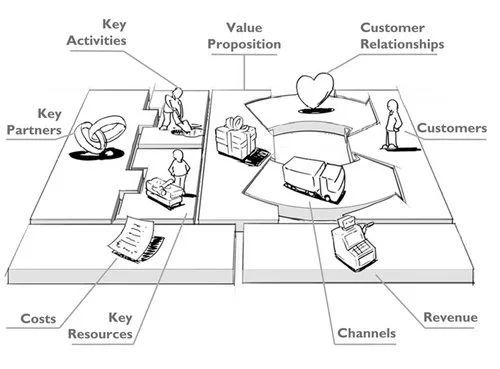Scientific research has proven that Enterprise Architecture (EA), performed skilfully and collaboratively in complex business and systems environments, helps organisations to successfully achieve their strategic goals and objectives (Tamm, Seddon, Shanks, Reynolds (2011); Ross, Weil and Robertson (2006)). Many people in the industry see the “art and science” of EA as the nexus of business and IT, and a key enabler of corporate strategy.
Yet, despite such evidence, even the most skilled and successful architects sometimes face scrutiny about value realised from investments in EA. Organisational memories tend to be short, and there is often a time lag between expending EA effort and benefiting from the outcomes of EA effort. Clearly expectations need to be carefully managed and communicated.
It is therefor essential that we frequently re-emphasise the value we add and re-energise support and buy-in from our sponsors, senior stakeholders and partners. The diagram below aims to provide a 1-page summary of the value gained from EA, drawing on the research as referenced above.
We trust this will be a useful reference, should you need to engage in some re-emphasis and re-energising activities in the future.
Information sources:
1) Ross, Jeanne W.; Weill, Peter; Robertson, David (2006). Enterprise Architecture As Strategy: Creating a Foundation for Business Execution. Harvard Business Review Press. Kindle Edition.
2) Tamm, Toomas; Seddon, Peter B.; Shanks, Graeme; and Reynolds, Peter (2011) "How Does Enterprise Architecture Add Value to Organisations?," Communications of the Association for Information Systems: Vol. 28 , Article 10. Available at: http://aisel.aisnet.org/cais/vol28/iss1/10








